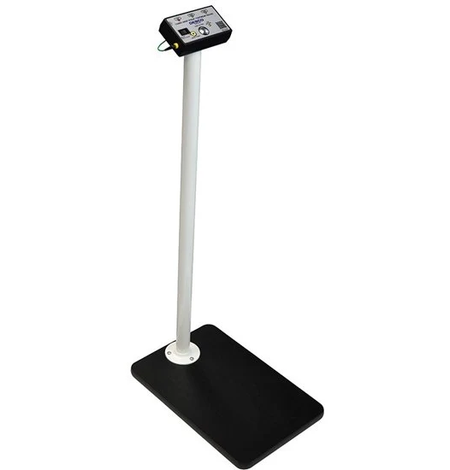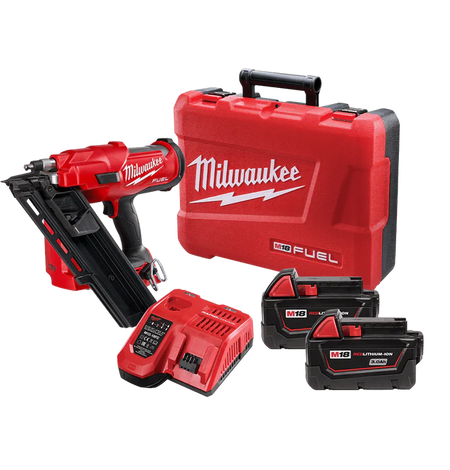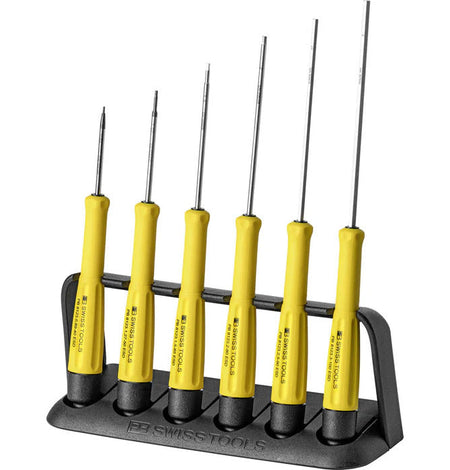Static is caused by the friction created when two objects come together and then separate, causing an imbalance between negative and positive charges in an object. Static build up on electronic equipment over time can cause electrostatic discharge, which is the sudden flow of electricity between two electrically charged objects. An ESD event can cause damage to electronic equipment and result in a loss of production time and capital, which can be very frustrating for both electronic hobbyists and professionals.
There are a number of ways to set up your workstation to minimise your risk of electrostatic discharge and associated problems. To help you get started here are 4 tips for static control:
Use a Workstation Air Ionizer for environmental control
Static buildup is most commonly eliminated by grounding the object that you are working with, such as with a wire. However, sometimes this isn't possible or can be time consuming to set up and that is when a workstation air ionizer can really help.
Air ionizers blow positively and negatively charged ions onto a work surface, which combine with the oppositely charged ions that have built up on the object and neutralise them. The main benefit of this is that it can cover a significant work area and safely dissipate charge across multiple objects without the need to ground each of them. A good option for a workstation air ionizer is the Simco Aerostat XC which can cover a 3' by 6' benchtop area, has inbuilt ionization detection and a three-speed fan.
Use a Forced Air Ionizer for targeted ionization and decontamination
With some electronic equipment charge can build up in hard to reach places or require faster, more targeted dissipation of ions. Similarly, static build-up can also cause dust or debri to stick to the object through a process called electrostatic attraction. In these cases forced air ionizers or air guns, do a fantastic job of both dissipating the charge and cleaning the surface of the electronic equipment.
The Simco Top Gun is a high performance ionizing air gun which offers fast and effective static charge decay, as well as enough blow-off force to properly remove any dust or debris found on the equipment. It comes with a sensor that indicates both power and ionization, and an easy mount gun hanger.
Use a Conductive Rubber Mat for passive dissipation
Air ionizers, whether used for targetted or environmental dissipation, work best when combined with other forms of ESD safe equipment. A great option for this is a conductive rubber mat, which provides ongoing, passive dissipation for the entire work area.
Bernstein ESD table mats offer a safe way to dissipate static across a large workspace, and only require proper grounding to work. This is fantastic when combined with the Simco top gun, where the rubber mat provides continuous dissipation for the big items, while the air gun provides powerful, targeted ionization and decontamination.
Choose ESD safe workstations and equipment
Finally, an ESD safe workspace is not all about the extra equipment you need to facilitate safe discharge but also about choosing equipment with the right properties to minimise the chance of a dangerous static event. A fantastic example of this is the workbench. Plastic tables should be avoided because they can generate large static charges, while metal tables can pose a shock hazard when working with electricity. Therefore, a good option is to have a solid wooden table and then, because wood is not very conductive, use a conductive rubber mat to dissipate charge on your equipment. Similarly, look to buy regular tools that come in ESD safe options, such as ESD safe soldering stations.






